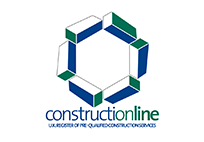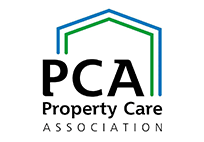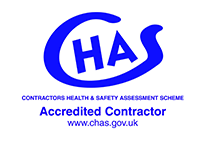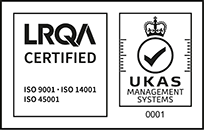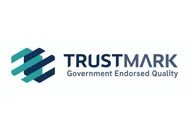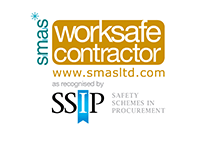Call us free on 0808 168 9540
Call us free on 0808 168 9540

It is a requirement of the Environmental Impact Assessment (EIA) process that the construction impacts from a development are assessed in addition to those from its operation.



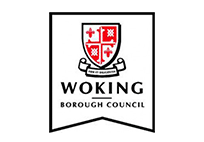
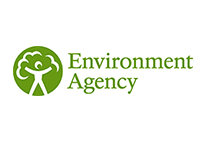



Following planning and environmental permit approvals for construction project, controls to environmentally manage the construction programme need to be established.
In addition to specific mitigation measures, such as wheel washes, acoustic shielding and water run-off management, this often requires monitoring of noise, dust, effluent and surface water releases from construction activities and the effective management of waste.
During ground clearance works in the initial phases of construction, many sites also require an ecological clerk of works to ensure that bio-diversity impacts are minimised. A range of best practice guidance documents are available, including those produced by professional bodies that Phlorum or our staff are qualified members of.
Construction is also an energy intensive process contributing approximately 7% to the UK’s annual CO2 emissions. There are, therefore, increasing measures, guidance and legal requirements to environmentally manage these impacts during construction, including impact assessment and auditing and noise and vibrations.
In addition to providing the requisite construction environmental management and assessment input to the Environmental Impact Assessment process, Phlorum also routinely provides environmental services during active construction works.
This includes formulating Construction Environmental Management Plans (CEMPs), site waste management plans, ecological watching briefs, monitoring air/dust/odour/noise/vibration emissions and completing Environmental Audits of construction sites.
The development of Environmental Management Systems (EMS) requires:
We can assist with the development of Environmental Management Systems to either BS EN ISO 14001 or EMAS. Our process would normally involve the following:
We can also assist in the training of staff to implement and understand the changes often necessary to embed an EMS, and then provide periodic auditing to ensure that the policies and procedures implemented are followed.

